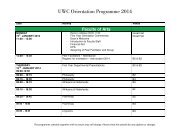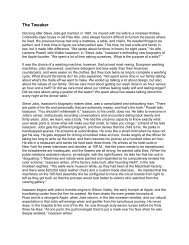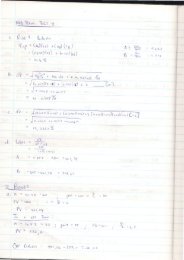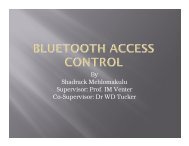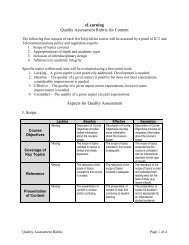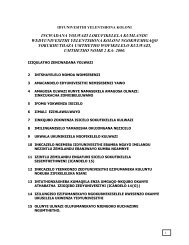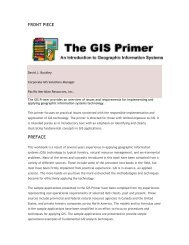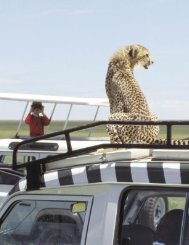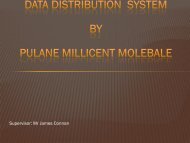Ecosystem Guidelines for Environmental Assessment
Ecosystem Guidelines for Environmental Assessment
Ecosystem Guidelines for Environmental Assessment
Create successful ePaper yourself
Turn your PDF publications into a flip-book with our unique Google optimized e-Paper software.
RENOSTERVELD<br />
What, if any, reliable indicators could be used in monitoring ecosystem<br />
health, as related to key vulnerabilities<br />
The lack of alien invasives, especially invasive alien annual grasses.<br />
Stable populations and periodic reproduction of Red Data List and Orange List species.<br />
Indigenous plant cover and richness, especially bulbs, grasses (alien and indigenous) and palatable<br />
species; presence of healthy populations of longer lived reseeders and understorey bulbs and herbs.<br />
The presence (and reintroduction) of mammals such as aardvark, bat-eared fox, baboon, duiker and<br />
porcupine.<br />
How reversible are impacts over a 5 – 10-year period<br />
Renosterveld is fire-determined and complete regeneration will only commence after the next fire. A<br />
five to 10-year period is there<strong>for</strong>e not applicable. Partial recovery may commence if plantations or aliens<br />
are removed. If the topsoil and seedbank remains intact, a large proportion of the species should recover<br />
following the next fire. This applies to alien<br />
infestation <strong>for</strong> up to three fire cycles after<br />
90% alien canopy cover. However, if disturbance<br />
has altered soil characteristics and alien<br />
species have moved in, recovery is not<br />
guaranteed. Southern Cape areas with more<br />
regular rainfall will be restored much faster<br />
than drier (e.g. West Coast or inland) areas.<br />
Overgrazed areas which have lost their<br />
geophytes and grasses can be rested to<br />
recover the grasses, but bulbs appear to<br />
require lengthy periods (> 20 years) and active<br />
reintroduction to recover. No fertilizer should<br />
be used in restoration projects.<br />
Trans<strong>for</strong>mation of quartz and silcrete<br />
patch communities is practically irreversible<br />
due to the changes in soil and crust structure.<br />
If serotinous species are lost from the<br />
system (as happens under aliens or toofrequent<br />
burning), recovery takes about three<br />
fire cycles if remnant patches survive.<br />
Otherwise seeds should be broadcast-sown<br />
after the first post-fire rains.<br />
Recovery of myrmecochorous species is<br />
slower and more labour intensive (and<br />
costlier) than <strong>for</strong> serotinous species.<br />
It may be possible to restore renosterveld Sparaxis tricolor<br />
with a history of incorrect burning and grazing,<br />
but restoration is not possible <strong>for</strong> sites where<br />
the soil has been disturbed. Once invaded by high densities (> 80%) of alien annuals - mostly grasses<br />
- most species are lost and few can be restored; perhaps the only exception is renosterbos Elytropappus<br />
rhinocerotis.<br />
BOTANICAL SOCIETY OF SOUTH AFRICA<br />
56 : RENOSTERVELD ECOSYSTEMS



